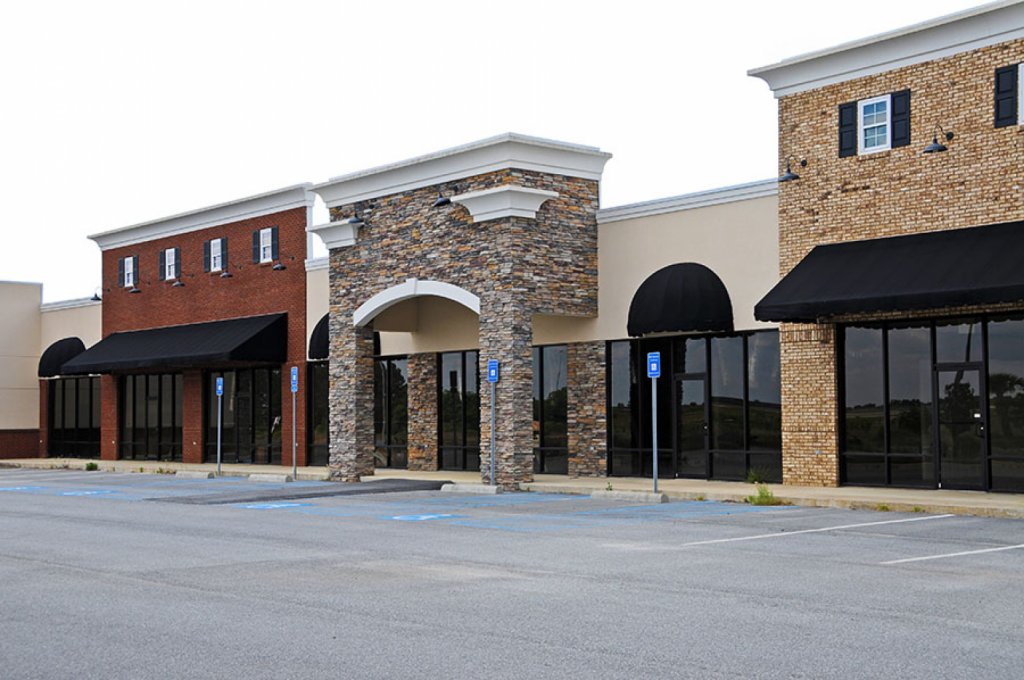What is Commercial Real Estate (CRE)?

Commercial real estate (or, CRE) is any property used for business that is typically leased or rented out for workspace. Commercial real estate can range from single-tenant buildings (i.e. convenience stores, small-scale retailers, restaurants, office space) to multi-tenant properties (i.e. shopping centers, hotels, strip malls). With regards to investment properties, commercial realty indicates any type of property (including land), which has the potential to generate income for the owner of said property. For business purposes, commercial real estate refers to any commercial/industrial space that can be purchased or leased for the use of business, such as storefront space or warehouse or industrial space.
There are six major categories of commercial and investment properties: office, retail, industrial, multi-family, land, and miscellaneous (which includes all other commercial real estate). We are experienced with each category of commercial properties, and are well-equipped to help you find what will best suit your business or investment needs in Humboldt and Del Norte counties.
Commercial Real Estate Categories & Classifications
Office Properties:
 Commercial office properties can include everything from small, single-tenant buildings to large, multi-tenant buildings, though the majority of commercial office properties in Humboldt and Del Norte Counties are considered low-rise (7 stories or less). Commercial office buildings are classified into three categories (Class A, B, or C) and delineated by their age, location, infrastructure, height, and general aesthetics.
Commercial office properties can include everything from small, single-tenant buildings to large, multi-tenant buildings, though the majority of commercial office properties in Humboldt and Del Norte Counties are considered low-rise (7 stories or less). Commercial office buildings are classified into three categories (Class A, B, or C) and delineated by their age, location, infrastructure, height, and general aesthetics.
- Class A: Class A buildings are considered the best class of commercial buildings. Typically, they consist of buildings that have been recently developed, boasting modern, state-of-the-art infrastructure, but this category can also include older buildings that have undergone extensive renovation. Class A buildings are prized for their prime location and excellent access.
- Class B: Class B buildings function well for those interested in commercial and investment real estate. While these buildings are typically older than Class A properties, with some capital investment in renovation and improvements to infrastructure, these properties can be restored to their Class A status and potentially provide a high ROI for the investors.
- Class C: Class C buildings also work well for those interested in investment real estate, though they will often need extensive renovation and are usually located in less desirable areas. The buildings themselves are usually older with out-of-date infrastructure and technology. Because of this, Class C buildings are often focused upon for redevelopment opportunities.
Retail Properties:
Commercial retail properties include any real estate property used for the actual selling of a company’s product, rather than its manufacture. This can include everything from single storefronts to large strip malls with multiple tenants. Commercial retail properties make excellent choices for investment real estate, though they require some strategy when working with multiple tenants, since retail tenants research specific demographics and finding an appropriate, functional tenant mix is important to success.
Industrial Properties
Industrial buildings are primarily used for manufacturing, R&D and the storage and distribution of goods, and are divided into three main categories: Manufacturing (conversion, fabrication, and/or assembly), Warehouse (storage and distribution), and Flex/R&D (office-industrial hybrids)
Multi-family Properties
Multi-family properties are very popular with investors and include any residential type properties which include single family residences, duplexes or larger. Multi-family properties can offer lower vacancy rates than other types of commercial properties and more stability due to multiple units.
Commercial Land
Commercial land is an investment property at its most raw level and is divided into three categories: Greenfield land (completely undeveloped), Urban infill (once developed, now vacant), and Brownfield land (developed but environmentally compromised). For those investors who are environmentally-conscious, brownfield and urban infill land are the best choices.
Miscellaneous
Miscellaneous properties are a catch-all for all other commercial real estate categories, sought after by both businesses and investors, including, but not limited to hotels, sports facilities, health care properties, theaters, car washes, theme parks, marinas, self-storage and so on.
Knowing the six basic types of commercial real estate can help direct your search for the best Humboldt County location for your business or the ideal property investment. Our team of experienced and dedicated real estate agents and property managers can further help you realize your short-term and long-term goals. Want to know more about our team and our experience with strategic commercial and investment property? Please review our About Us page to learn more!

